
‘Hungary is the tell-tale sign that legal norms and moral niceties have fallen prey to corrosive ideologies, but other would-be leaders who attended CPAC this year and were inspired by its statesmanlike example should not be fooled. If they win, they are next.’
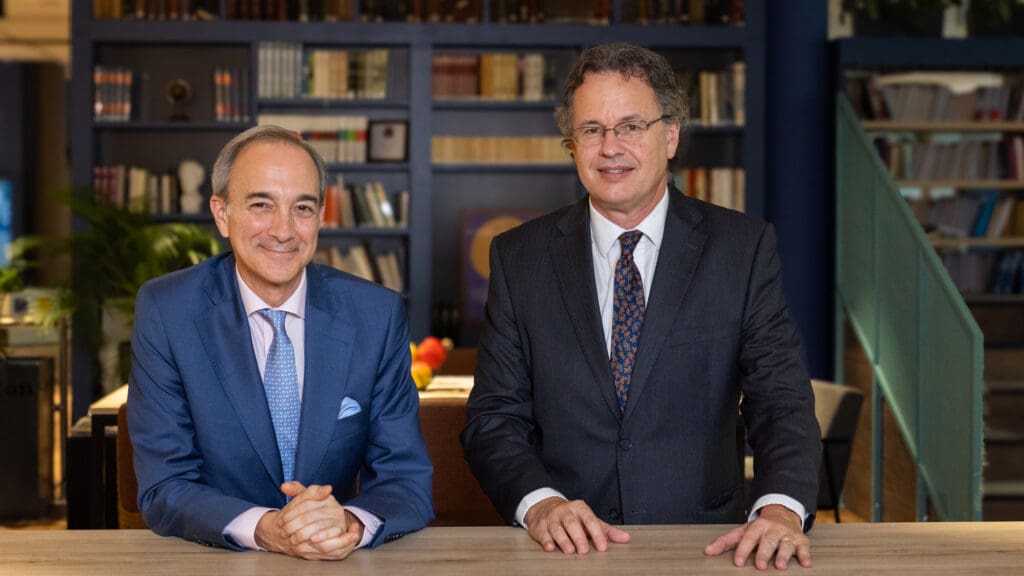
‘It took Hungary 14 years to achieve decisive changes in cultural education. Similarly, we will need time to create a substantial cultural and political movement to bring about meaningful legal changes.’
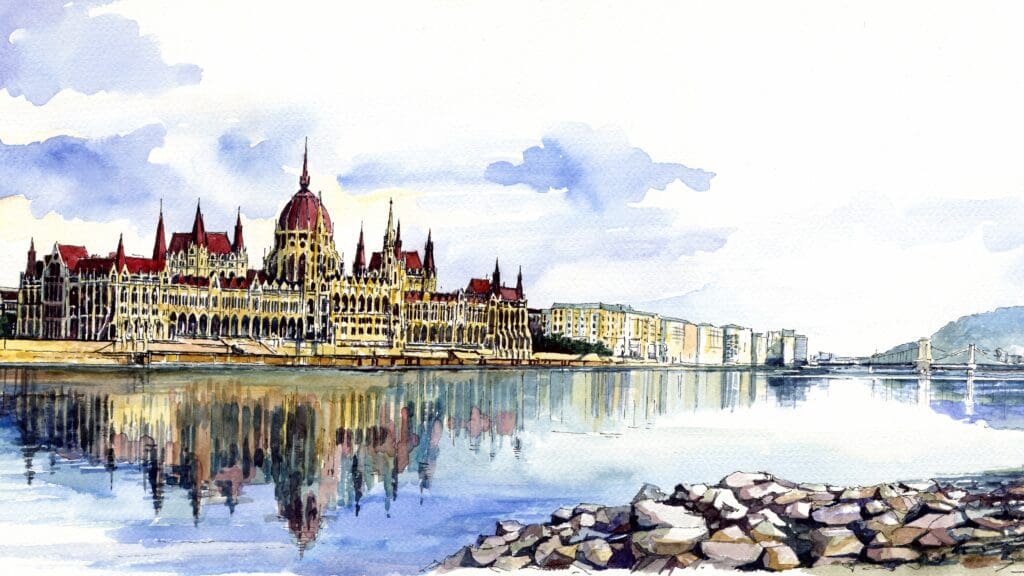
According to the Economist Intelligence Unit’s Global Liveability Index 2024, Budapest is in the top five in the category of cities that have improved the most over the past twelve months. The Hungarian capital scored 92.0 out of 100 points, moving up seven places to rank 32nd.
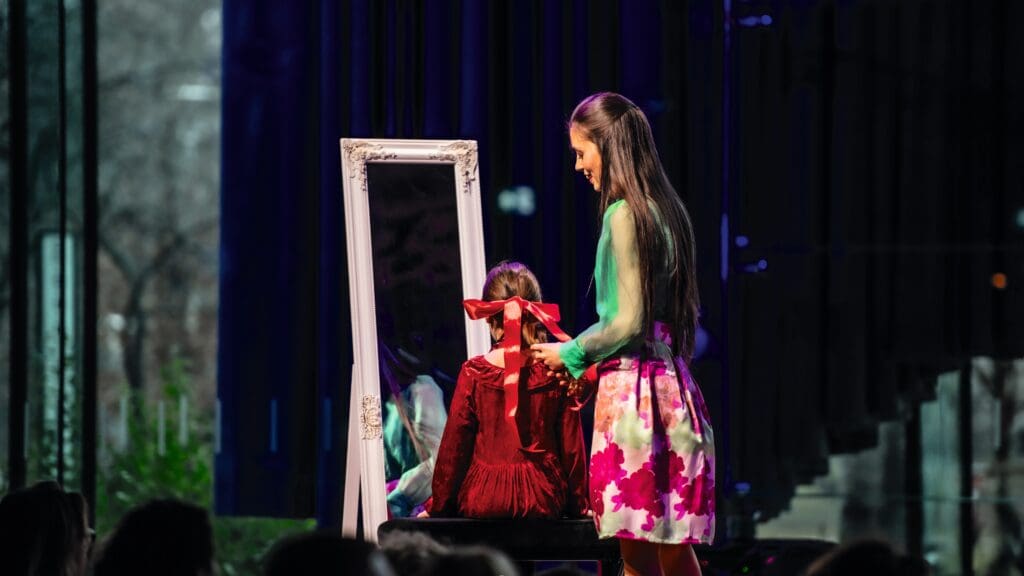
‘I was on stage already before I could have any inhibitions. That’s not to say that I don’t have them in other areas, but I feel lucky that I was given this way of life. It was put in front of me, and I couldn’t imagine my life without it. It gives me security.’
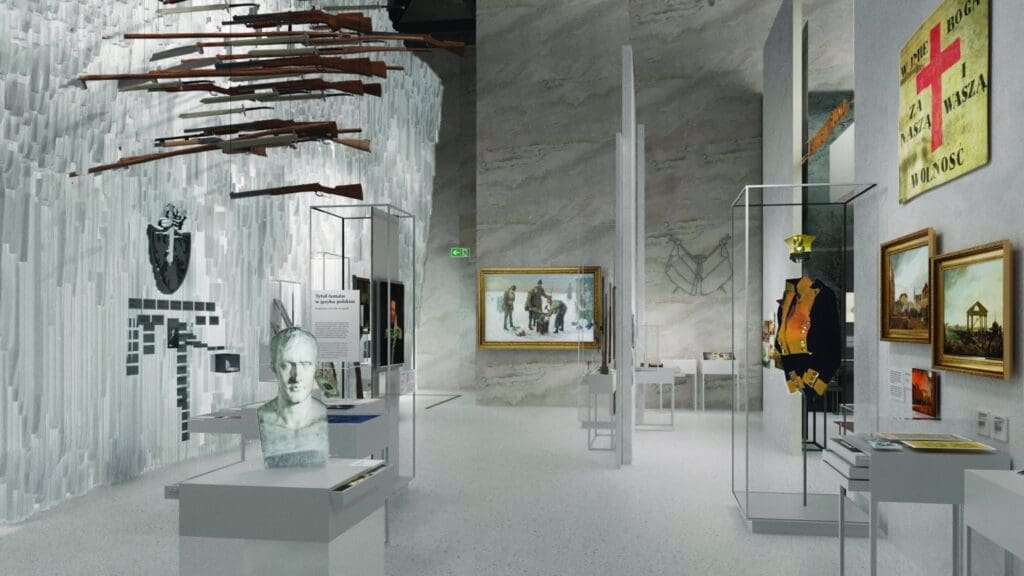
The Polish History Museum in Warsaw, Poland, the venue for the 12th European Remembrance Symposium last month, has an impressive array of items on display, ranging from 17th-century sunken treasure recovered from the Vistula River to items related to the ongoing Russo-Ukrainian war, such as a ball with which the Polish National Team scored against Russia at Euro 2012.
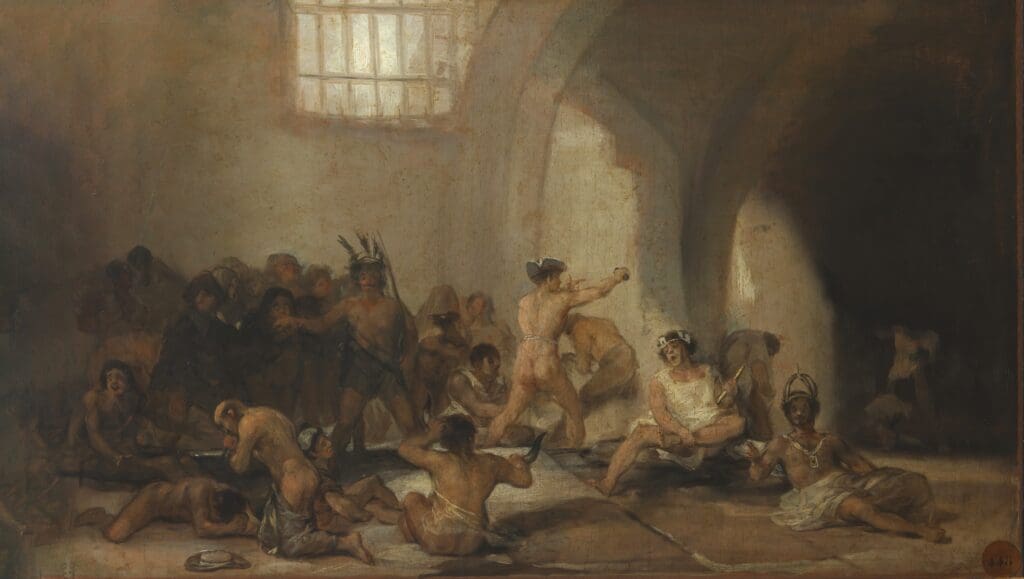
‘The story of the maid Anna Édes is the story of undiagnozed or unrecognized mental illnesses and their consequences, in contrast to today’s societies, primarily in the West, where mental illness is advocated to the point of virtue and people are ‘pressured’ to have mental illnesses as a mark of social status.’
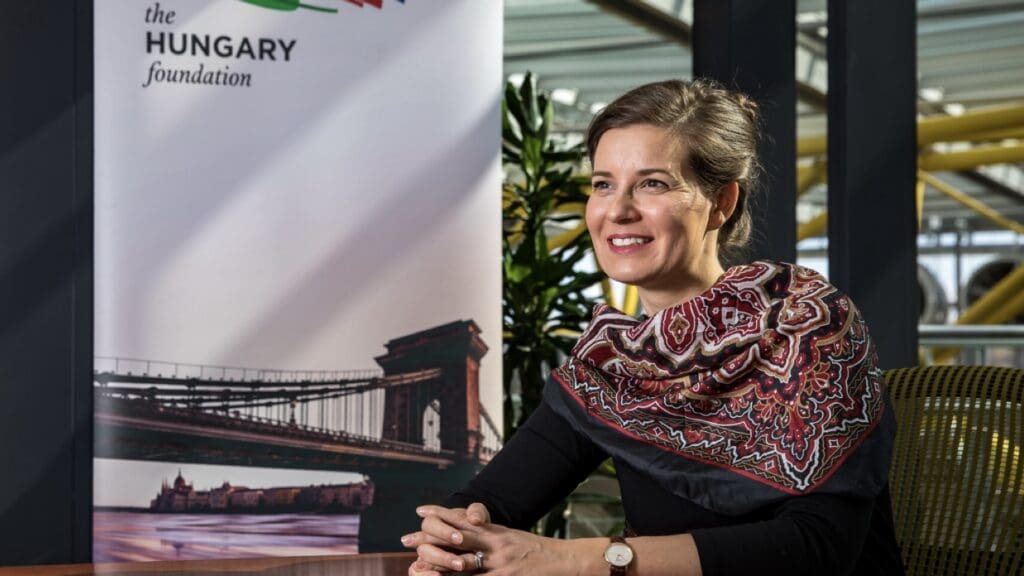
‘The more I travelled in America, the more I realized that there is no state in the U.S. where Hungarians have not created something lasting; where there is not some Hungarian thread, some Hungarian history, some Hungarian contribution. We wanted to visualize this centuries-old creative process and make it easily accessible to the widest possible audience. That’s how the idea of the HuGo app was born, and of course it took years to fine-tune the concept with our developers arriving at the publicly available version we have today.’ Anna Smith Lacey on the HuGo app and the power of the community.
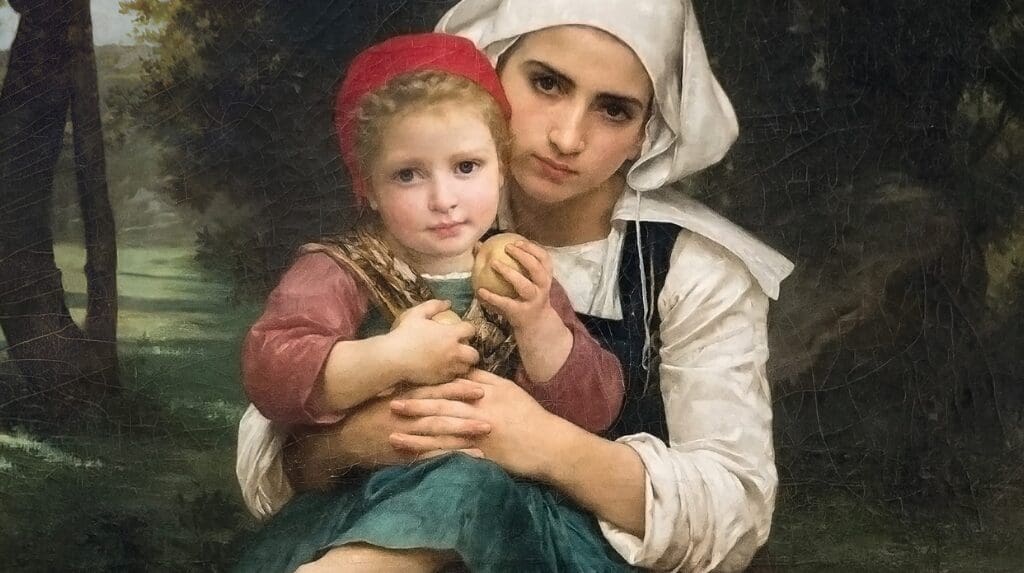
‘Throughout the West today…there is a mania for forgetting our civilizational past as an intolerable moral burden. Western elites regard migrants, sexual minorities, and other outsiders as bearers of ‘‘the richness of cultural diversity’’, but do not see the culturally diverse minorities already within Europe itself in the same way.’
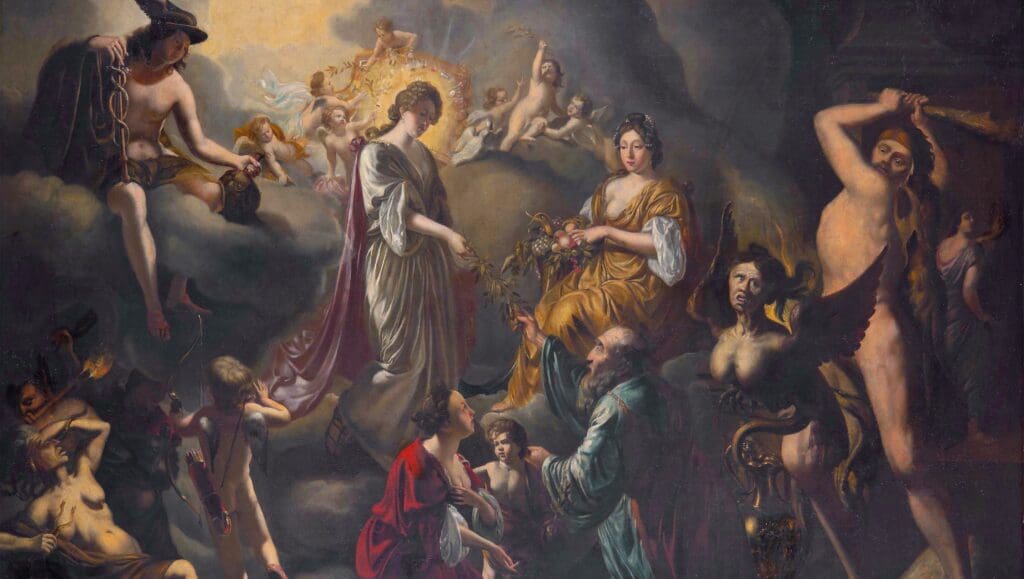
‘We can only hope that the debates concerning the future of the EU will increasingly focus on the goals, and that European politicians will emerge who can formulate them with the faith and courage of the Founding Fathers, ensuring at the same time that the EU remains a community of peace, prosperity, and solidarity.’
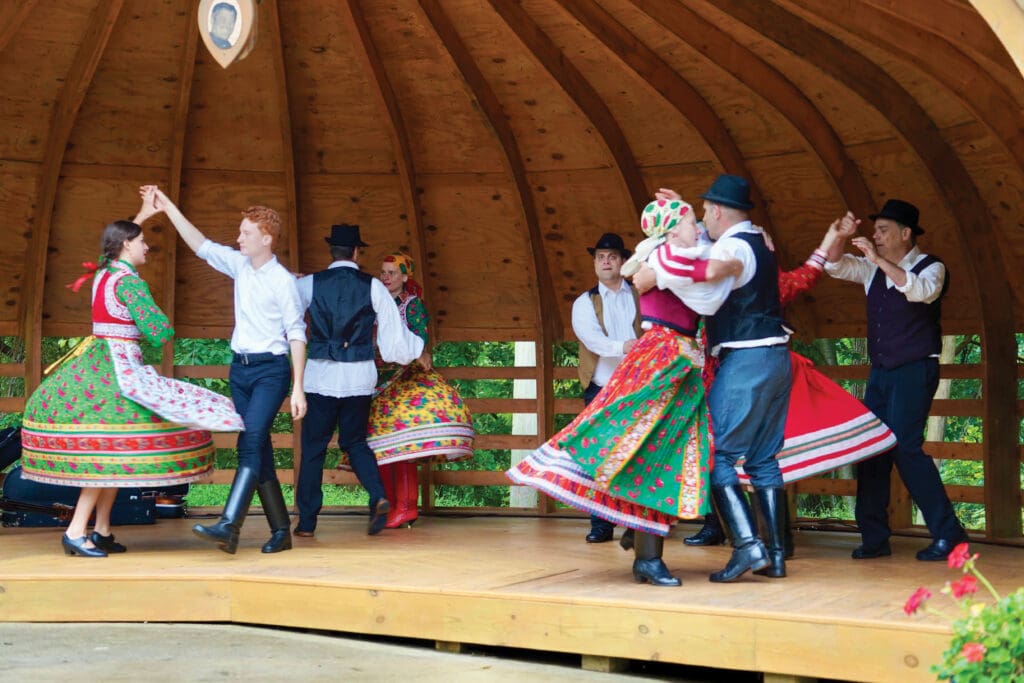
‘When you move abroad, either of necessity or at your own initiative, the inevitable clash between the host and home cultures raises questions about the future of your mother tongue, culture of origin, and national identity. In a foreign language environment, the use of the mother tongue is not obvious, nor is the development and preservation of the original identity.’
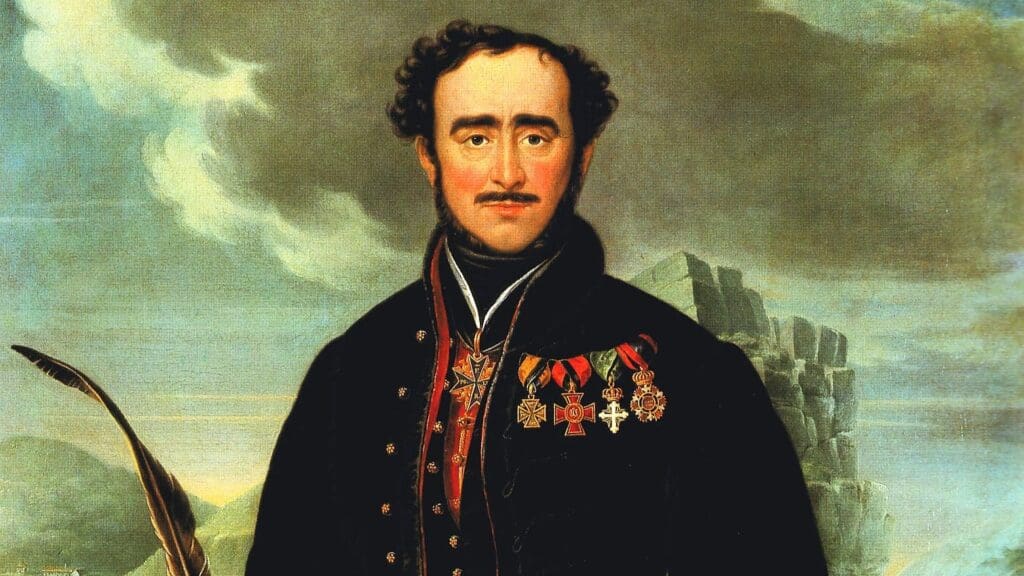
‘We have come to learn that in Hungary there is some (healthy) debate about the balance between fighting for freedom and building for freedom. This debate should not be regarded as a choice between two mutually exclusive paths, but rather as a pursuit to balance two necessary components of the same struggle. What is so remarkable about this discussion from an Afrikaner perspective, is that it speaks directly to one of our main slogans: “veg en bou” (“fight and build”). When we say veg en bou, we mean that we have to fight against injustice in order to protect what is ours, but at the same time, we ought to develop our own institutions to strengthen our ability to take care of our communities.’
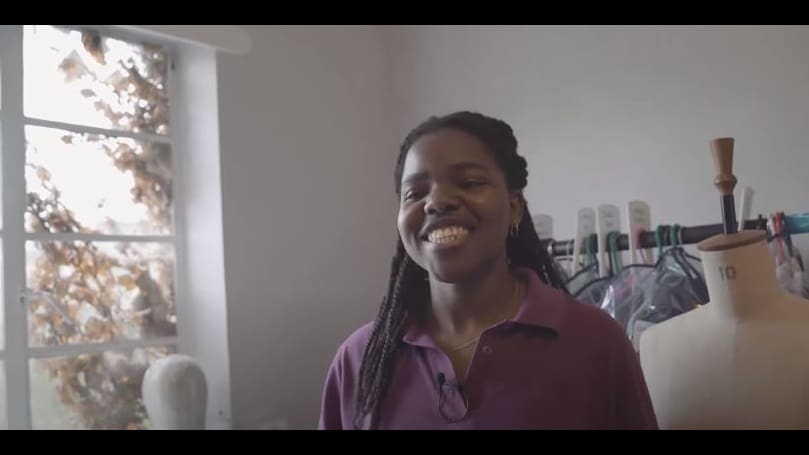
British actress Francesca Amewudah-Rivers will be playing one of the most iconic roles in theatre history in an upcoming production by the Jamie Lloyd Company in London, opposite Tom Holland’s Romeo. Her race and appearance have drawn significant backlash online.
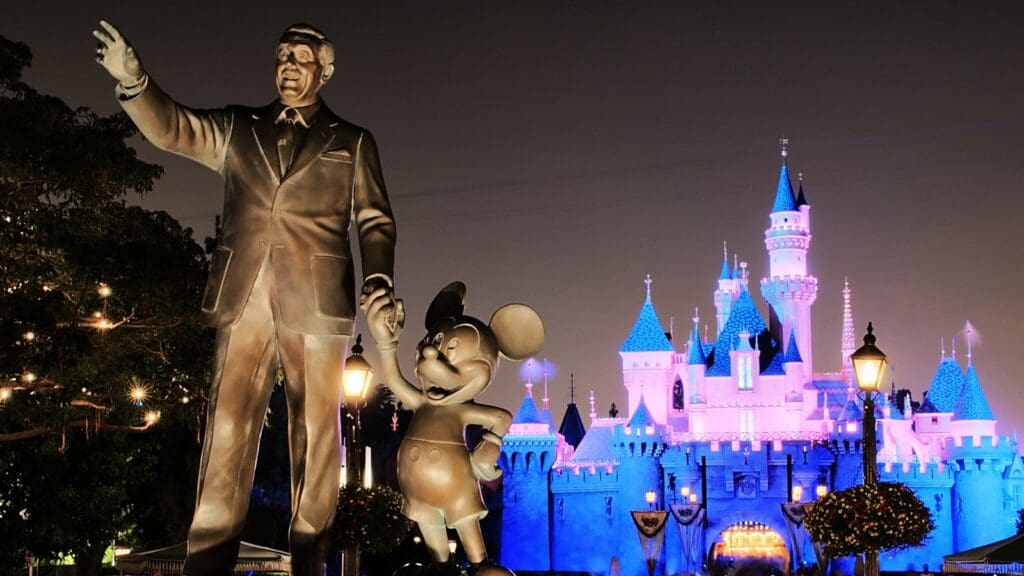
Conservative investor Nelson Peltz was trying to get new members elected to the board of directors at the 3 April shareholders meeting and thus steer the company away from their woke agenda, to no avail. The same woke board members retained their positions, to which the market, expecting a change, did not react well.
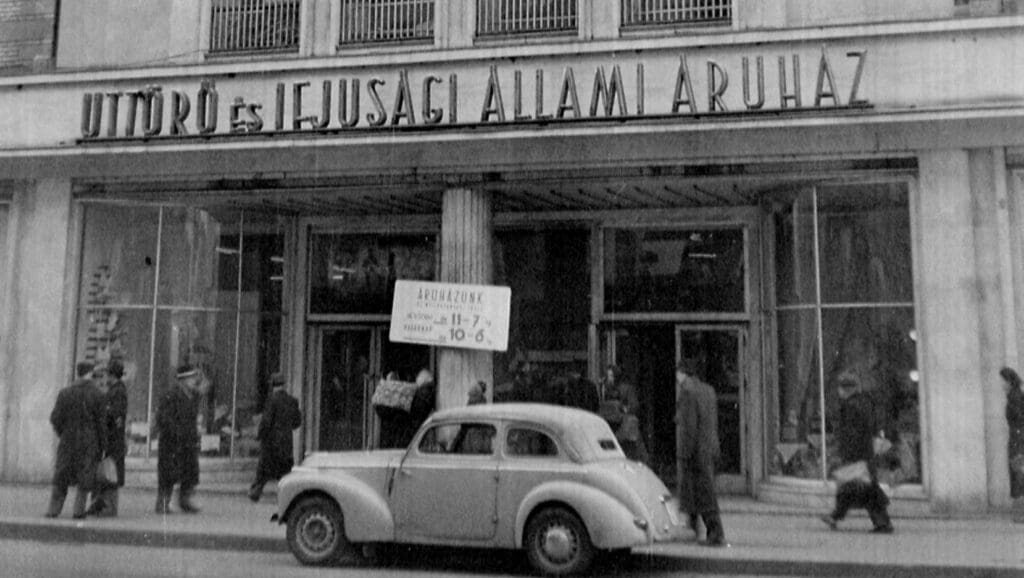
On the left side of today’s Rákóczi Road, on the way to Astoria, stood the Úttörő és Ifjúsági (Pioneer and Youth) State Store, which opened in the autumn of 1950 and was one of the most important shopping outlets for the youth of the time. Among its main goods were children’s clothing, sports and play equipment, children’s furniture, and, of course, as its name suggests, pioneer paraphernalia as well.
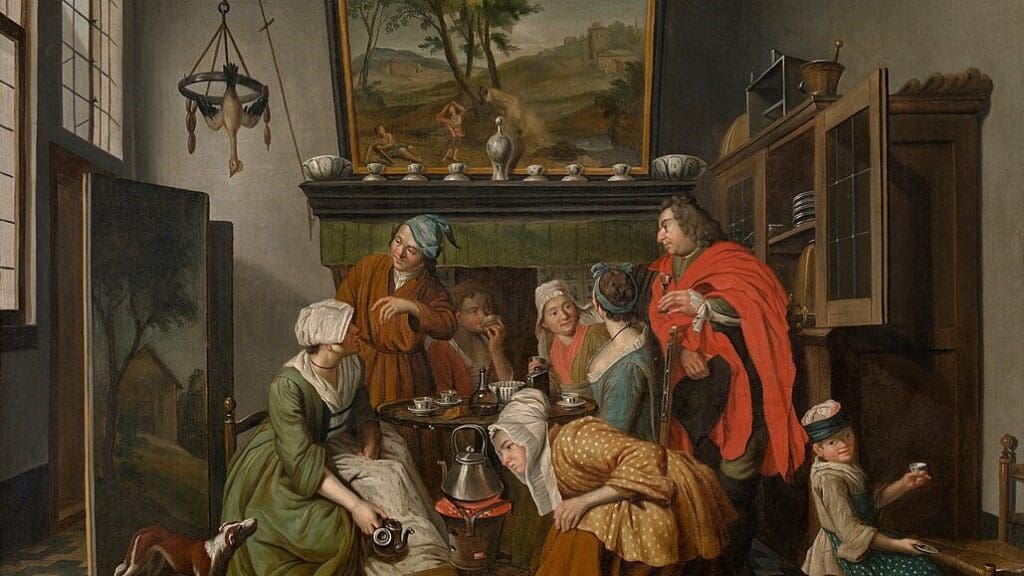
Spengler’s work has not lost any relevance over the century that has passed since it was released, but rather has become increasingly significant: it is now one of the inescapable foundations of the philosophy of history. Many of the predictions concerning the fate of humanity—especially the distinctions Spengler drew between culture and civilization—do not seem to contradict the major ideological, political, artistic, cultural, social, and economic trends of the present day.
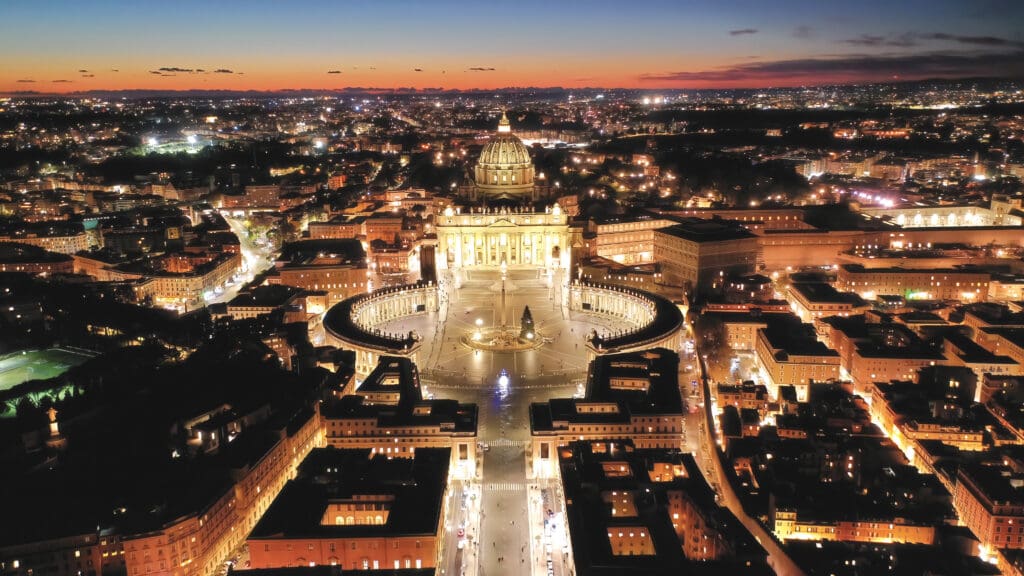
Sixty years ago, began the most important event in the history of the Catholic Church in the twentieth century, the twenty-third ecumenical council…It will be the task of a generation to continue, in a rational and balanced way, to implement the teaching of Vatican II, which today is under a great deal of tension.
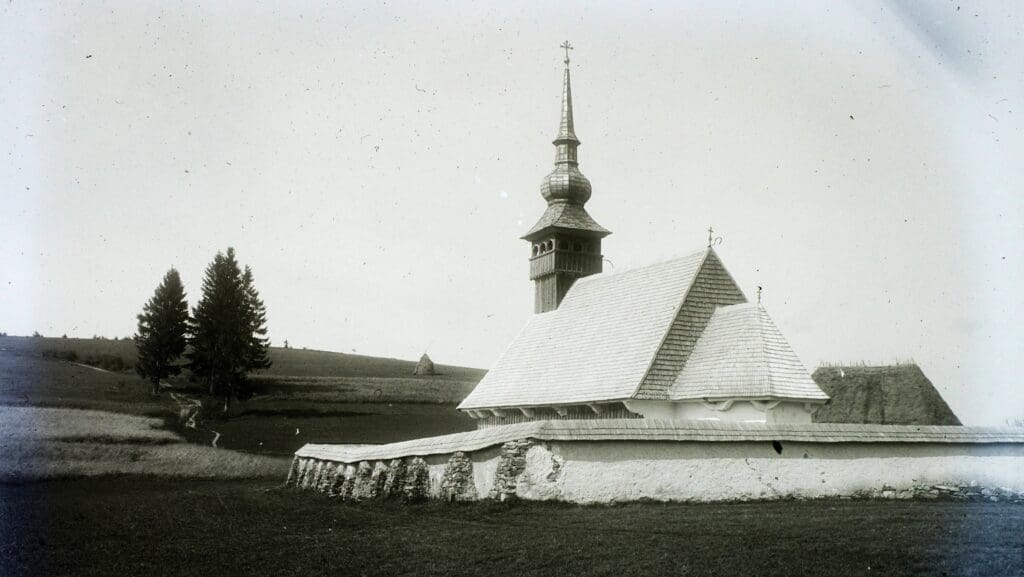
‘Today, we are faced with the fact that in our pluralistic societies, it seems to pose an insurmountable challenge to agree on a generally accepted moral standard, with values that provide common foundations.’
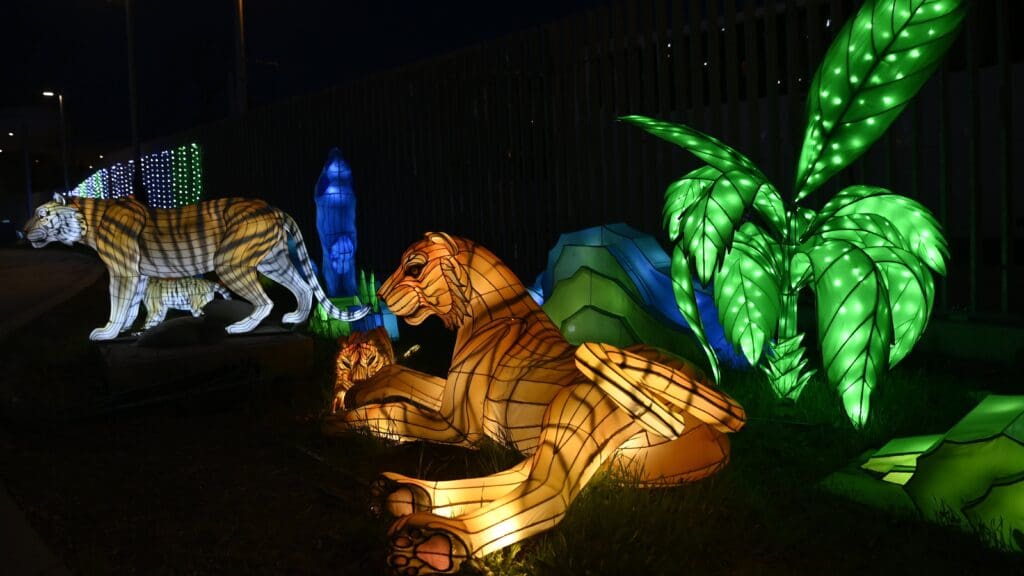
In the upcoming season of Budapest Zoo, the most visited cultural institution and tourist attraction of the country, a diverse programme line-up, new animals, and new or renovated exhibition areas will await visitors.
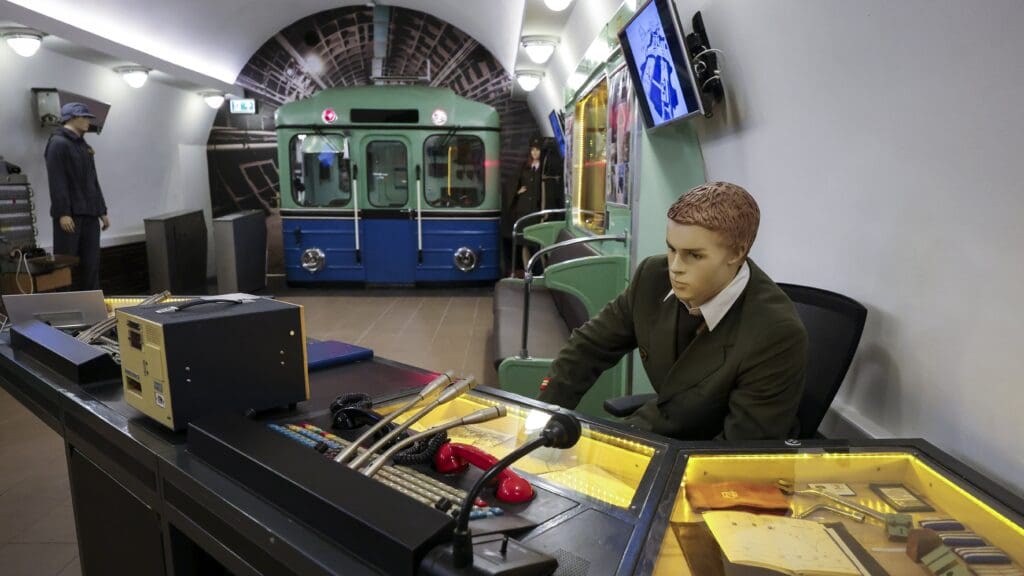
Relics of Budapest’s metro will be showcased in a special exhibition space set up in the former dispatcher centre at Deák Ferenc Square station on metro line M2. The exhibition will open this Saturday.
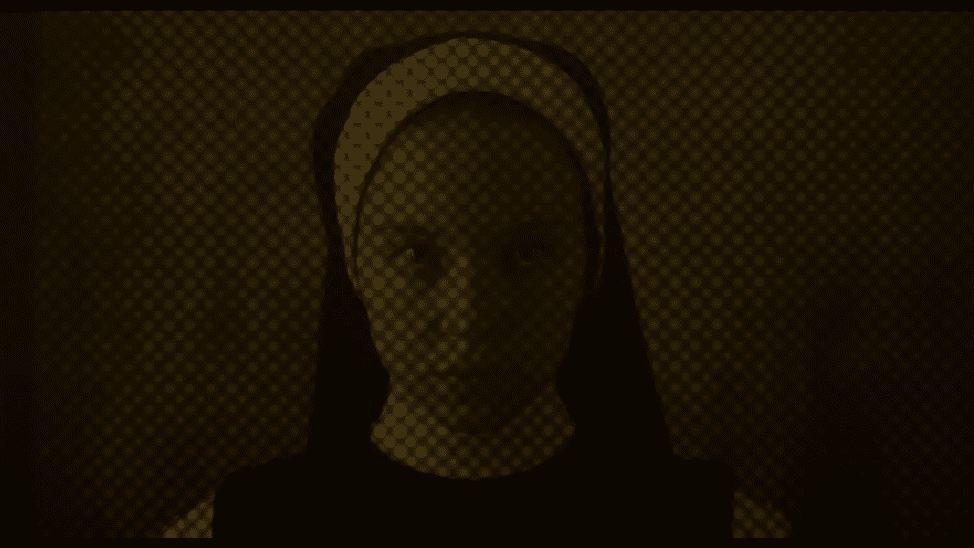
In a time when Hollywood seems to be very concerned with not offending anyone, horror films depicting Catholic imagery along with blood and gore are still common—Immaculate starring Sydney Sweeney, for example, is being released in theatres this week.

During the programme, participants will be supported with monthly scholarships ranging from 350,000 to 500,000 forints, allowing approximately 8,000 students, educators, and researchers to gain international experience at the world’s leading universities.
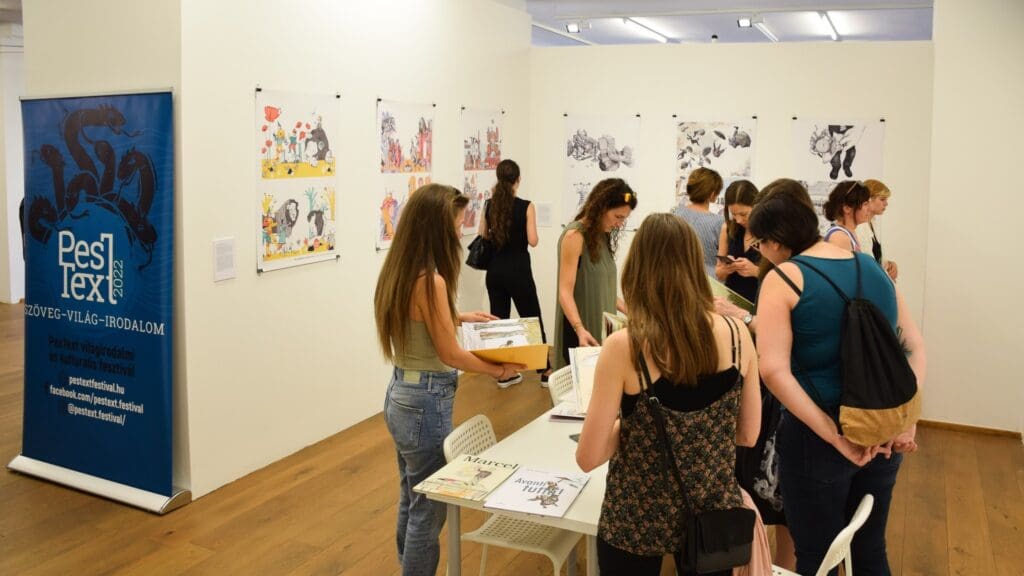
Discussions will be held in foreign languages, with interpretation provided for the audience by the organizers. Books by the authors will also be available for purchase on the spot, with book signings.
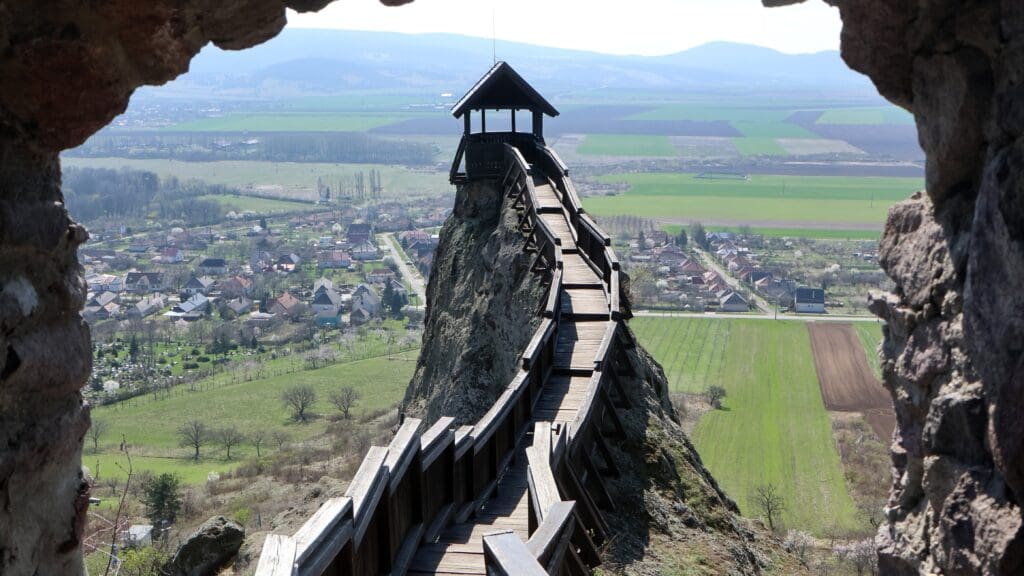
The once-forgotten, dusty, and dilapidated sites of Hungary are gradually reopening, providing entertainment, culture, and educational opportunities for visitors and income from tourism for local residents.
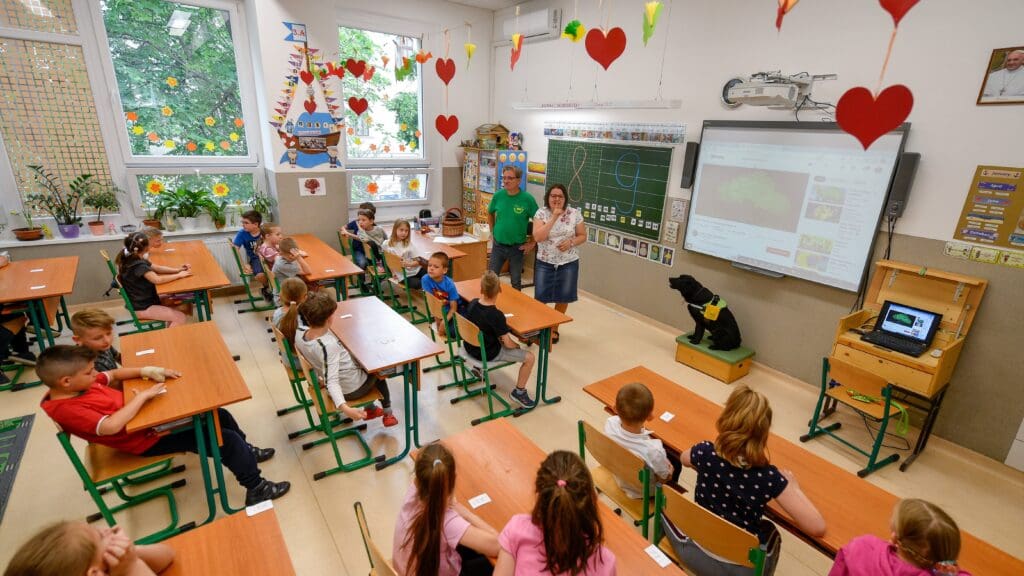
At an event launching the project aimed at improving teachers’ salaries with EU support State Secretary Bence Rétvári reminded that teachers’ salaries nearly doubled over four years, while other governmental measures are also being implemented to increase the number of people choosing the profession.
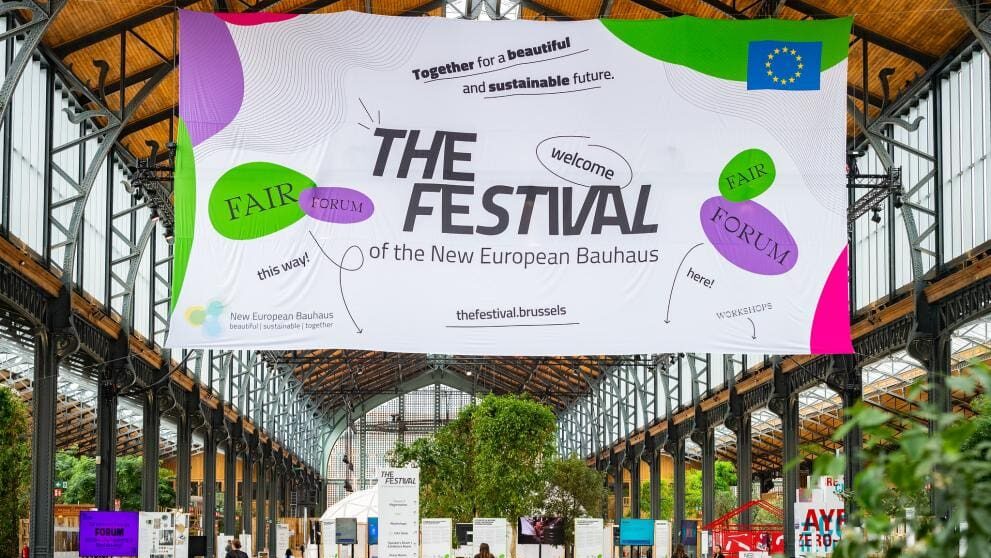
Among the nominees for Category B of the New European Bauhaus Prize there is a Hungarian project titled Cooperative Ownership for Communities. It aims to create a multifunctional space by transforming a four-story building in one of Budapest’s old industrial areas. The New European Bauhaus Prizes 2024 Ceremony will be held during the New European Bauhaus Festival in Brussels between 9 and 13 April.
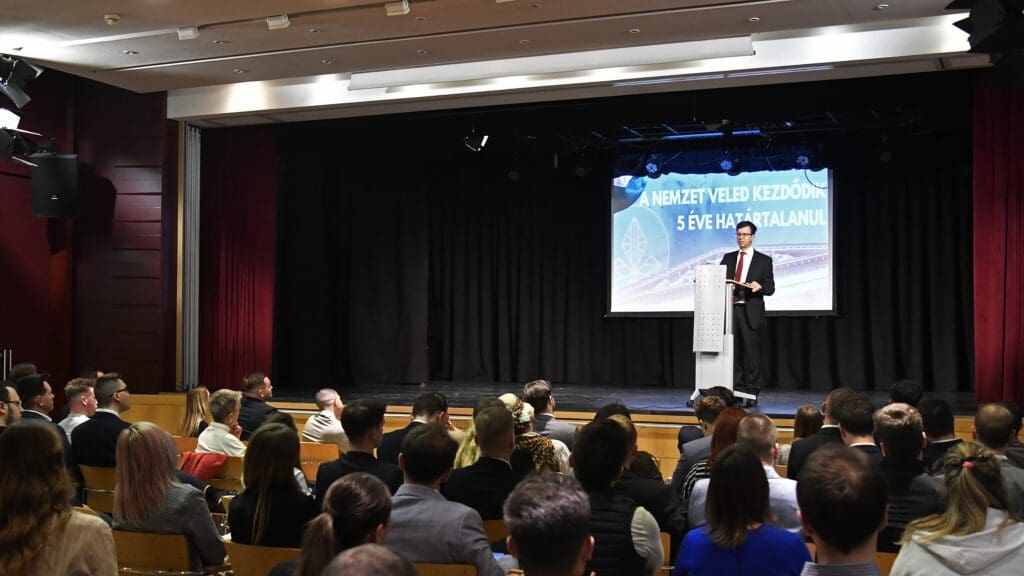
During the Hungarian presidency, the debate must continue on whether it is preserving or eliminating connectivity that makes the EU stronger and more competitive, János Bóka emphasized in his lecture at the event marking the fifth anniversary of the establishment of the Hungarian Youth Association.
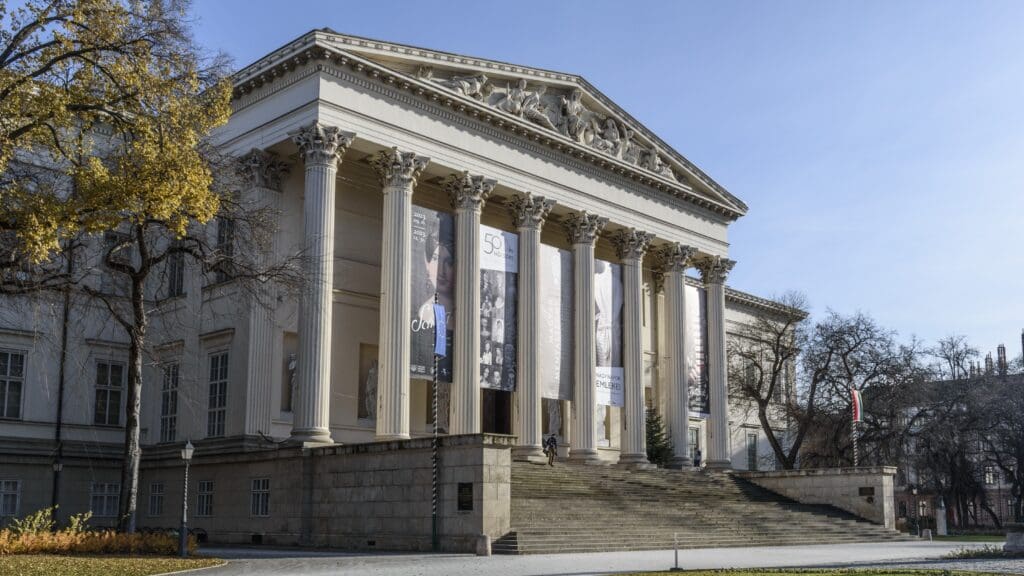
In a recent interview, Minister of Culture János Csák quoted iconic interwar education minister Kuno Klebelsberg, who identified the task of governments as supporting high culture, creating Hungarian great achievements, showcasing them internationally, bringing international great achievements here, but most importantly, taking culture to the broadest sections of the nation. This task can be achieved not through separate entities but through one robust institution, the minister argued.
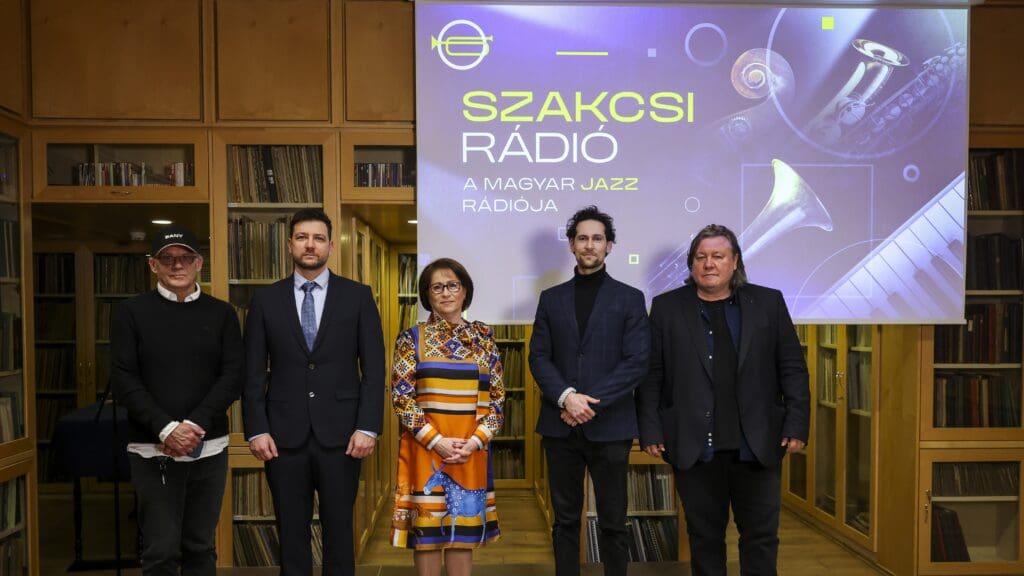
The new online jazz radio will be launched on International Jazz Day on 30 April. The radio is named in tribute to one of Hungary’s most esteemed jazz artists, pianist and composer Béla Szakcsi Lakatos.
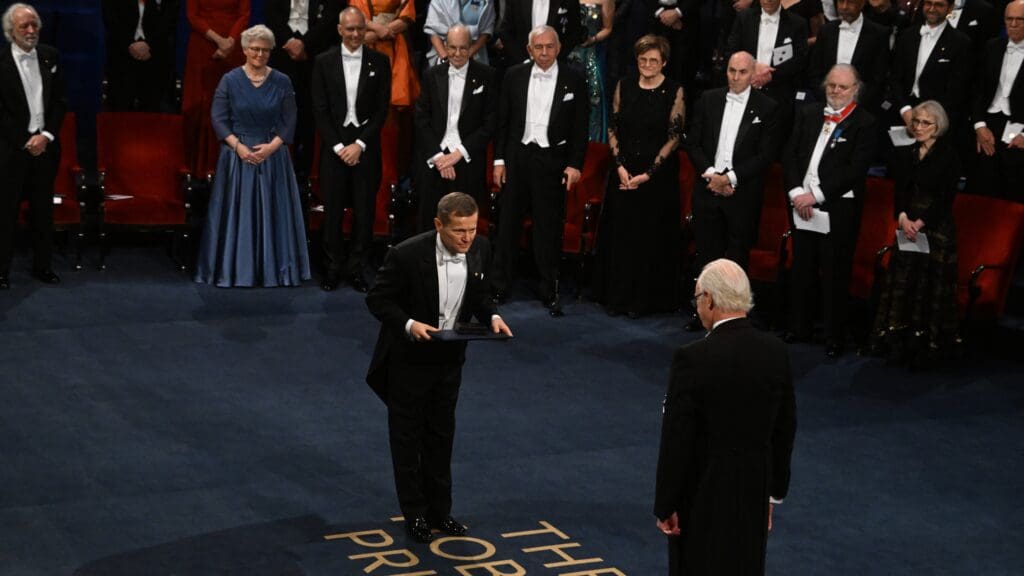
The production supported by the National Film Institute also include a series titled The Nation’s Golden Boys is in the making, focusing on the Hungarian men’s water polo team that won three consecutive Olympic gold medals between 2000 and 2008, and a documentary film that depicts the life of Ferenc Xavér Éder, a Jesuit missionary who was one of the first Hungarian travellers to set foot in Peru and who served as a missionary among the Moxos Indians for twenty years in the 18th century.
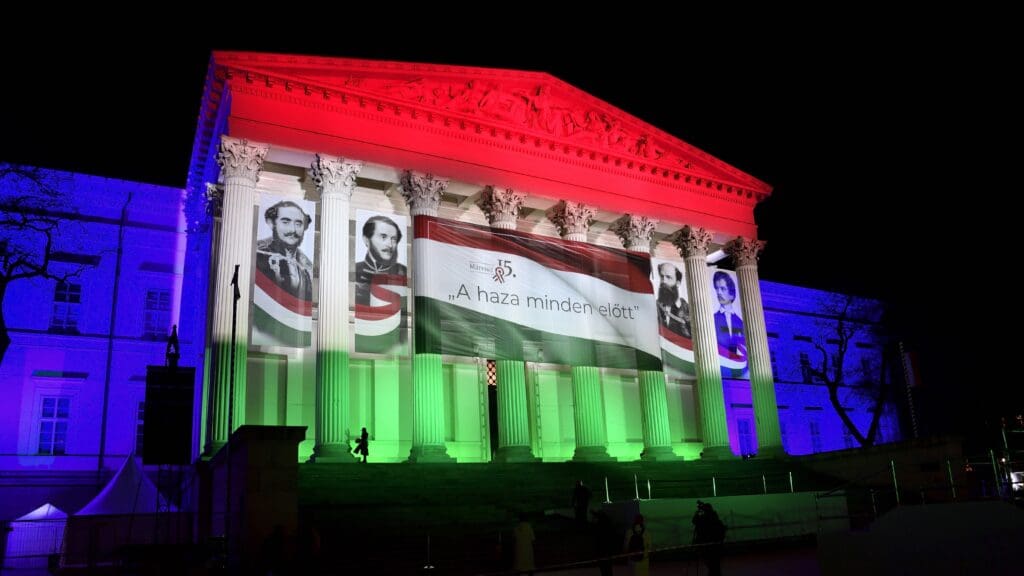
The ceremonial events in the Museum Garden commemorating the 1848–1849 revolution will kick off next Friday, 15 March with Prime Minister Viktor Orbán’s speech.

Hungarian Conservative is a quarterly magazine on contemporary political, philosophical and cultural issues from a conservative perspective.